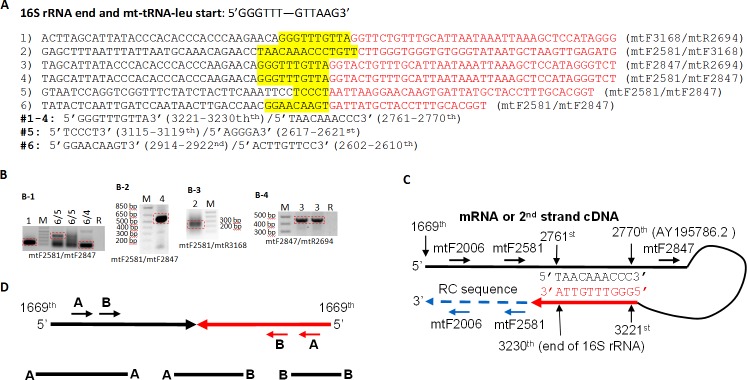Fig 2. Illustration of the six 16S rRNA chimeric RNAs we cloned.
A: The human 16S rRNA ends with 5’GGGTTT3’, followed by the mt-tRNA-leu that starts with 5’GTTAAG3’. The region around the joining site of the two partner sequences in the six 16S rRNA chimeras we cloned is presented, with the 5’ and 3’ partner sequences shown in black and red colors, respectively. The primers used for the cloning are in parenthesis. The two partners overlap at an SHS that is shaded by yellow color. In the top four chimeras, the 5’ and 3’ partner sequences overlap at 5’GGGTTTGTTA3’, which is the 2761-2770th/3221-3230th bps of the mtDNA. In the 5th chimera, the two partner sequences overlap at 5’TCCCT3’ (the 3115-3119th/2617-2621st), whereas in the 6th chimera the two partner sequences overlap at 5’GGAACAAGT3’ (the 2914-2292nd/2602-2610th). All the nt numbers are referred to AY195786.2. All the overlaps are in a mutually reverse-complementary manner. B: PCR was performed with RT product as the template and with the primers indicated. The PCR product was loaded into an agarose gel. M indicatesmarkers of DNA molecular weight, which in B-1 were the 100-bp, 200-bp, 300-bp, 400-bp, 500-bp and 650-bp from the bottom. R in B-1 and B-4 indicates a non-RT control, i.e. a PCR with a diluated RNA sample directly used, without RT, as the template. The numbers 1 to 6 indicate the chimeras shown in A. The chimeric DNA band in the red box was excised out from the gel for purification and cloning. C: Illustration of our hypothesis of how the first four chimeras may be formed as artifacts, because the SHS mis-primes RT or PCR and uses the 1669-2760th nts of the 16S rRNA (or the second strand cDNA) as the template to synthesize a reversely complementary (RC) sequence, resulting in a palindromic or hairpin-like cDNA. Positions of some primers (mtF2006, mtF2581 and mtF2847) on the cDNA are indicated. D: Because of the palindromic nature, a single primer coined as A or B may serve as both forward and reverse primers in PCR to amplify the chimera. Using two primers with the same orientation, say A and B, may produce 3 bands of different sizes primed respectively by the A-A pair, A-B pair, and B-B pair, although sometimes only 2 bands may be discerned easily.

